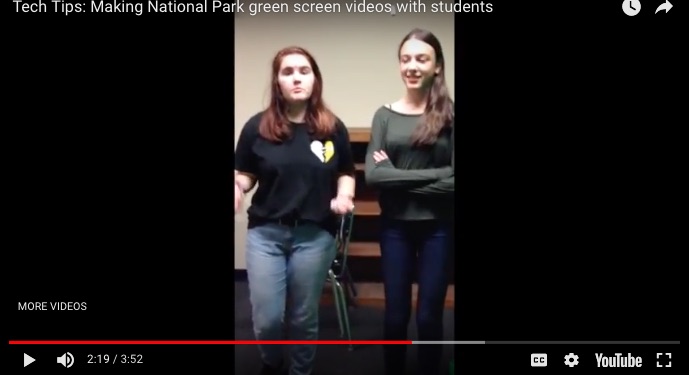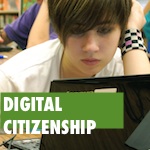Dillin, a seventh grade student at Newark Street School (NSS), had this to say about starting school with 30 minutes of daily movement:
“So my perspective is, I really like it. It gets you healthy. Your heart beats, and then you get ready for the day you have after you’re done doing it. Like you get to take all your energy out.”
Asked what would happen if he didn’t get his energy out, Dillin replies, “Oh, it’d be different. I’d be annoying. … With Power Hour, my brain is ready to learn – it, like, observes more.”
This 30 minutes of daily movement is called Power Hour (along with 15 minutes of breakfast and a 15 minute morning meeting). The school started it this year along with Exploratory Fridays, which devotes a half day each week to activities such as hiking, canoeing, or skiing.
These programs are having a positive impact already. Students seem to love it, especially students like Dillin who need to “get their energy out” or others who aren’t able to regularly access these activities because of cost or other barriers. The school has seen benefits in terms of student engagement, academic achievement, and behavior. Let’s take a look at how it works and why it is readily replicable.
Power Hour
The structure for Power Hour is simple: every day starts with 20-30 minutes of a movement-based activity. For K-2 students, it is similar to a recess. For students in grades 3-8, they get to choose among a number of activities. During warmer seasons, the choices could include biking, walking, running, or playground games. During the winter, there’s snow shoeing, cross country skiing, calisthenics, and sports in the gym.
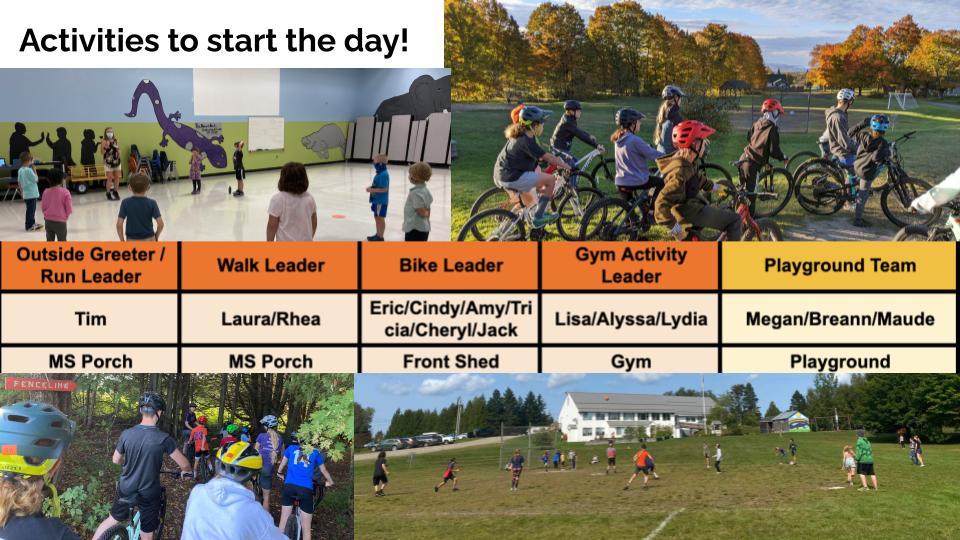
After exercising, students have breakfast and then circle up for morning meetings to get ready for the rest of the school day. In several interviews with students and adults, there was widespread agreement that Power Hour carries benefits throughout the school day in terms of focus and social connection. More on that later.
Exploratory Fridays
Once a week, students spend half of their school day engaging in experiential activities that often have a recreational or creative emphasis.
In some cases Exploratory Fridays are extensions of Power Hour. For example, students might bike each day around the school, and then head to the Kingdom Trail network on Fridays. I accompanied one of these trips and students conveyed that the daily biking was fun but that the Friday trips were the place where they got to see their skill and stamina gains pay off.
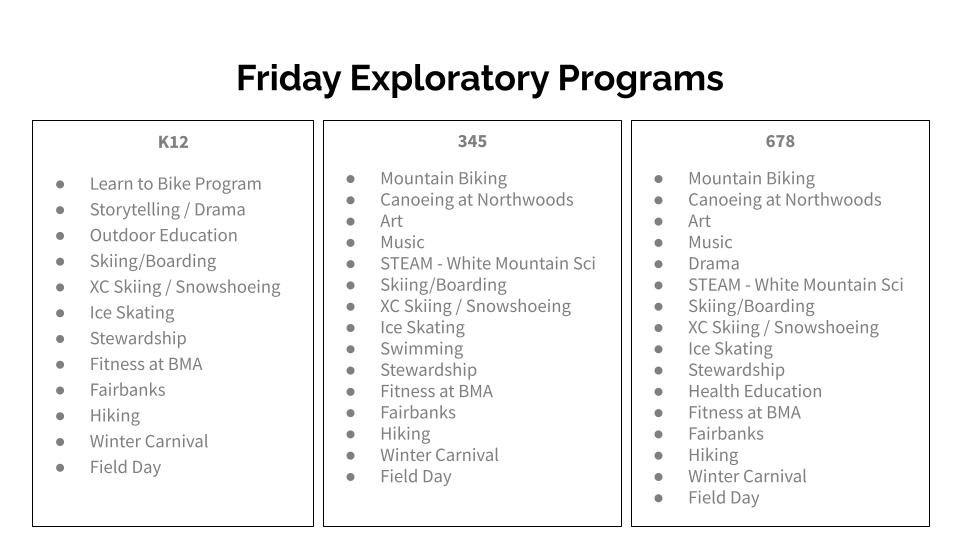
In many cases, Exploratory Fridays involve community partners to provide more supervision and structure. Many of the activities plug students into established offerings that in past years may have been accessed more as one shot field trips.
Tatum, an 8th grade student, noted that while Power Hour is all about exercise, Exploratory Fridays was better described as “personalized learning.” It is less about getting the heart rate up as it is about leveling up.
Why does it work
There is solid scientific evidence behind the theory that daily movement prepares the brain for learning. Tim Mulligan, principal of NSS, had encountered this evidence in the book Spark, written by Dr. John J. Ratey. In a recent presentation at the Middle Grades Conference, Tim summarized Ratey’s evidence for the benefits of daily movement:
- Opens neurological pathways that prepare the brain for learning
- Cardiovascular activities actually create new neuro-pathways. The best way to take advantage of this is to engage in academics following sustained movement!
- Provides therapeutic effects for everyone!
- Especially for students with ADHD, anxiety, depression and other mental, emotional, and social health conditions.
- Increases cardio-respiratory fitness
- Develops a healthy habit that reduces risks of many chronic diseases.
- Supports a healthy body composition
- Promotes greater sense of self-worth and esteem
- Creates positive social interactions and builds a stronger community
Tim has not been shy about sharing the research rationale for daily movement with teachers, students and community members. Mary Jane, a 7th grade student, had this response to a hypothetical skeptic that worried about a loss of “academic” time:
“Actually, studies show that biking or walking, or doing anything that exercises your body in the morning helps your brain learn better which will make our grades go up compared to having less movement in our day.”
Quite convincing!
As for Exploratory Fridays, the focus on doing is exactly what many students need, especially young adolescents. According to the Association for Experiential Education,
“Experiential education is a teaching philosophy that informs many methodologies in which educators purposefully engage with learners in direct experience and focused reflection in order to increase knowledge, develop skills, clarify values, and develop people’s capacity to contribute to their communities.”
The approaches used in Exploratory Fridays, such as outdoor learning and place-based education, are squarely in the experiential learning umbrella. Middle grades students at NSS reflect weekly in their personalized portfolios to make connections to their learning and lives.
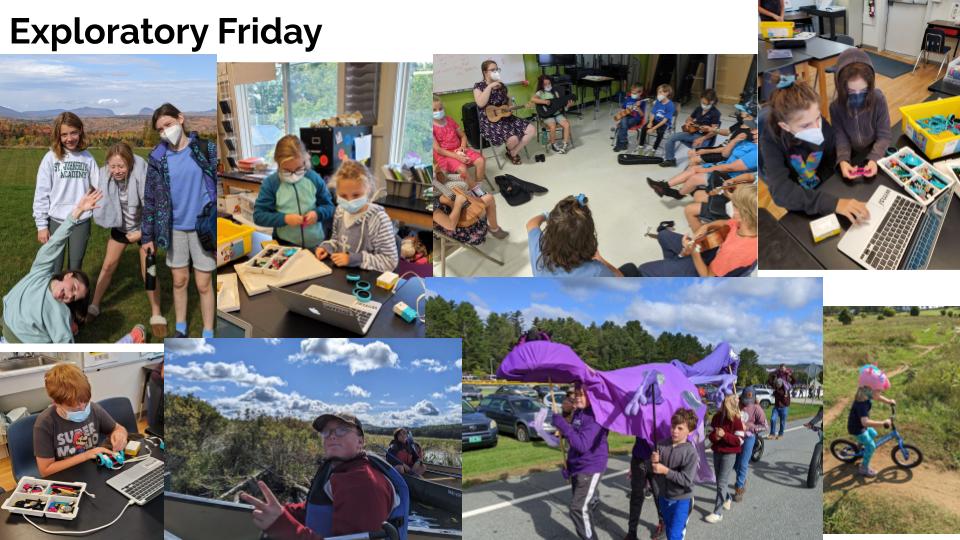
Early evidence of impact
So far, these programs appear to be living up to the promise of the research that is behind them. The principal cites several indicators heading in the right direction:
- Attendance has improved
- Test scores are up
- Bullying incidents and misbehavior is down
There is a positive vibe about the programs. In interviews, students shared things like:
- “I’ve noticed that when you are active, your brain works better” (Andrew, grade 6)
- “I really enjoy it, and I do feel a difference in wanting to be at school earlier, and being more motivated to get up in the morning, get dressed, eat breakfast, and pack my bag” (Tatum, grade 8)
- Yeah, it puts me in a better mood, because it’s waking me up. And I just like that moving in in the morning before I do school.: (Graham, grade 7)
- “I would encourage other schools to do it, because it’s just so much fun to not just be in a classroom and just to be outside and doing all of these things.: (Ava, grade7)
These positive comments align with the survey feedback that NSS solicits from students and parents every few months. The vast majority of responses show that these programs are perceived as enjoyable and that students feel well supported. For those few who respond otherwise, the principal follows up to improve things for those students.
How do they do it
Tim Mulligan, principal at NSS, has worked with local community members to defray the costs of these programs. Through monetary and other types of donations (like letting students ride bikes on their land, or parent volunteerism), the cost of these programs to the school budget is kept to $15,000 per year.
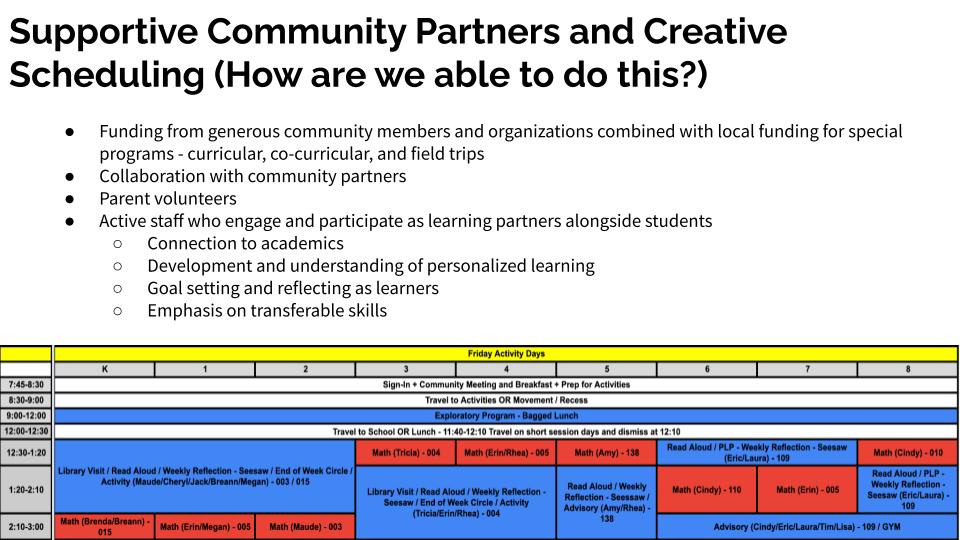
Morgan Moore, the Director of Experiential Learning for the district, supports Tim with some logistics and in making connections to community organizations. The district uses grant funds and deploys staff from their after school programs to support these types of experiences in other schools. Morgan brings in students from the Outdoor Education program at Northern Vermont University as well. At Concord School, Applied Academics teachers are the backbone of Exploratory Fridays.
Morgan notes: “Every school is different for how they can make this work. But it’s so important to make these opportunities available during the school day. Every student deserves to be exposed to these skills, the land, these local organizations, and of course Transferable Skills like teamwork.”
Making these opportunities a priority is perhaps the most important element in making them widespread and equitably available. Tim points to the challenges facing schools as the ultimate justification for innovation:
“How are we meeting the needs of all of our kids? ADHD, mental health, depression, the trauma so many have experienced. And all of us adults going through the same things? We have to try something different than what we’ve done in the past.”
So every school is different, and it is time to try something different. Getting students moving and exploring is a great place to start, however you do it.


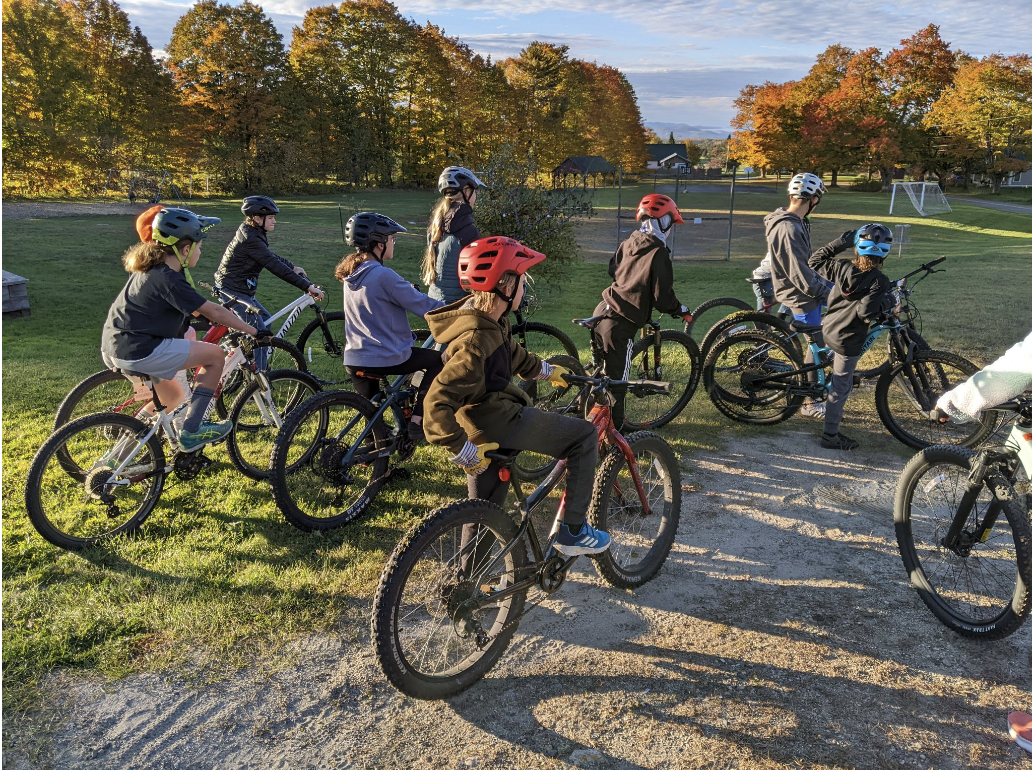

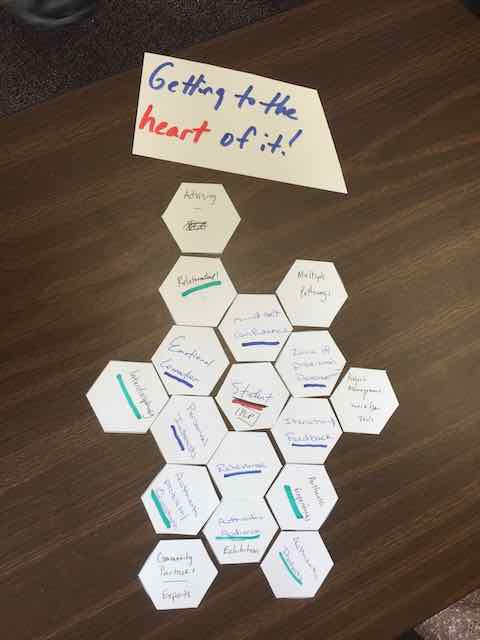
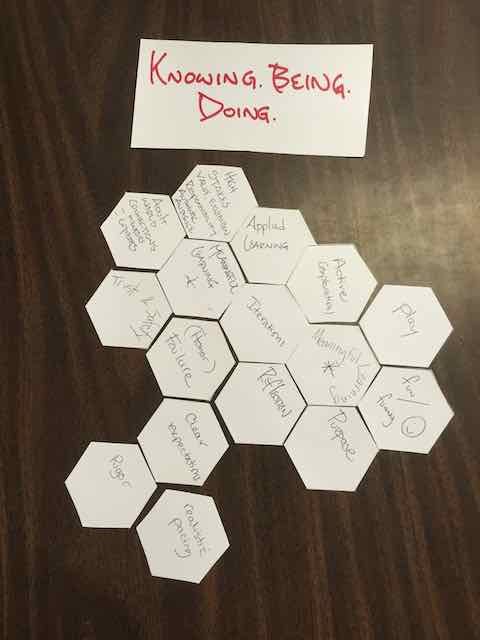
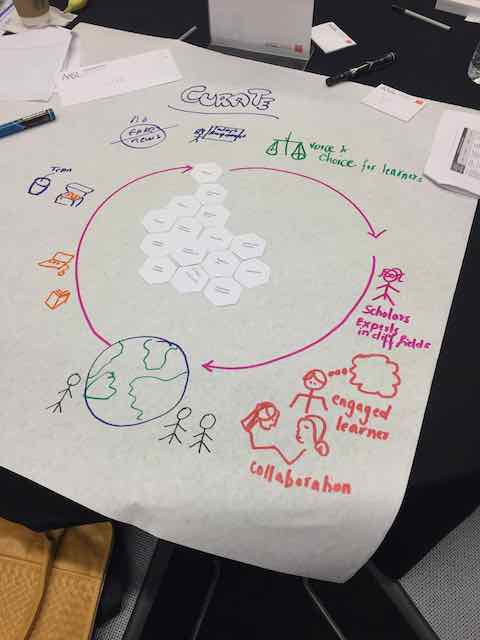
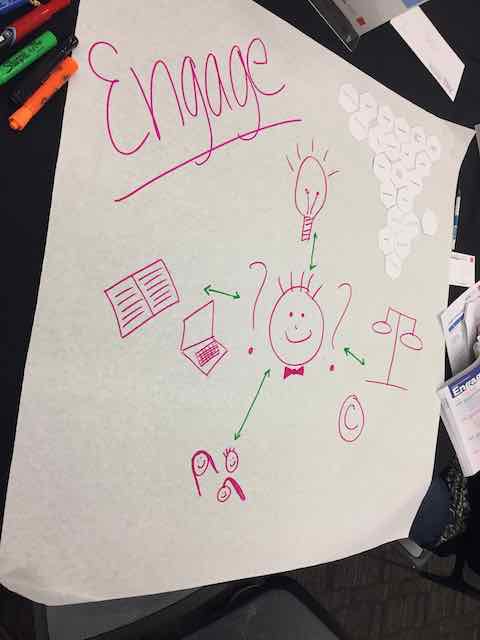
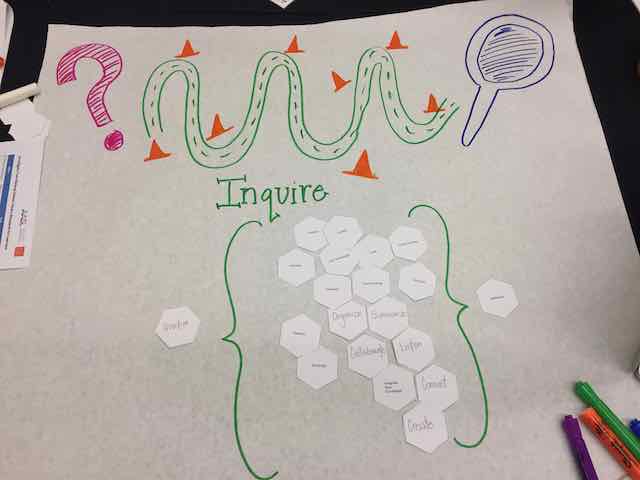
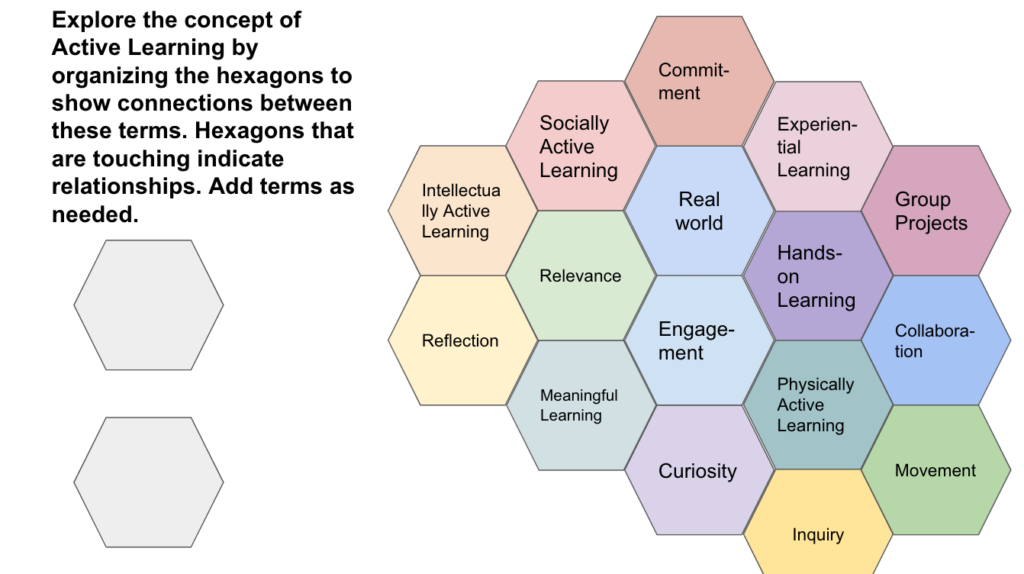
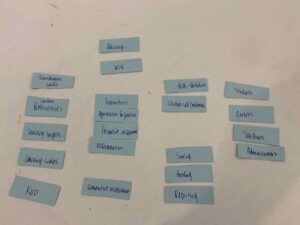
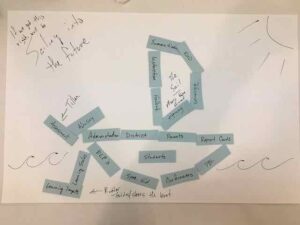
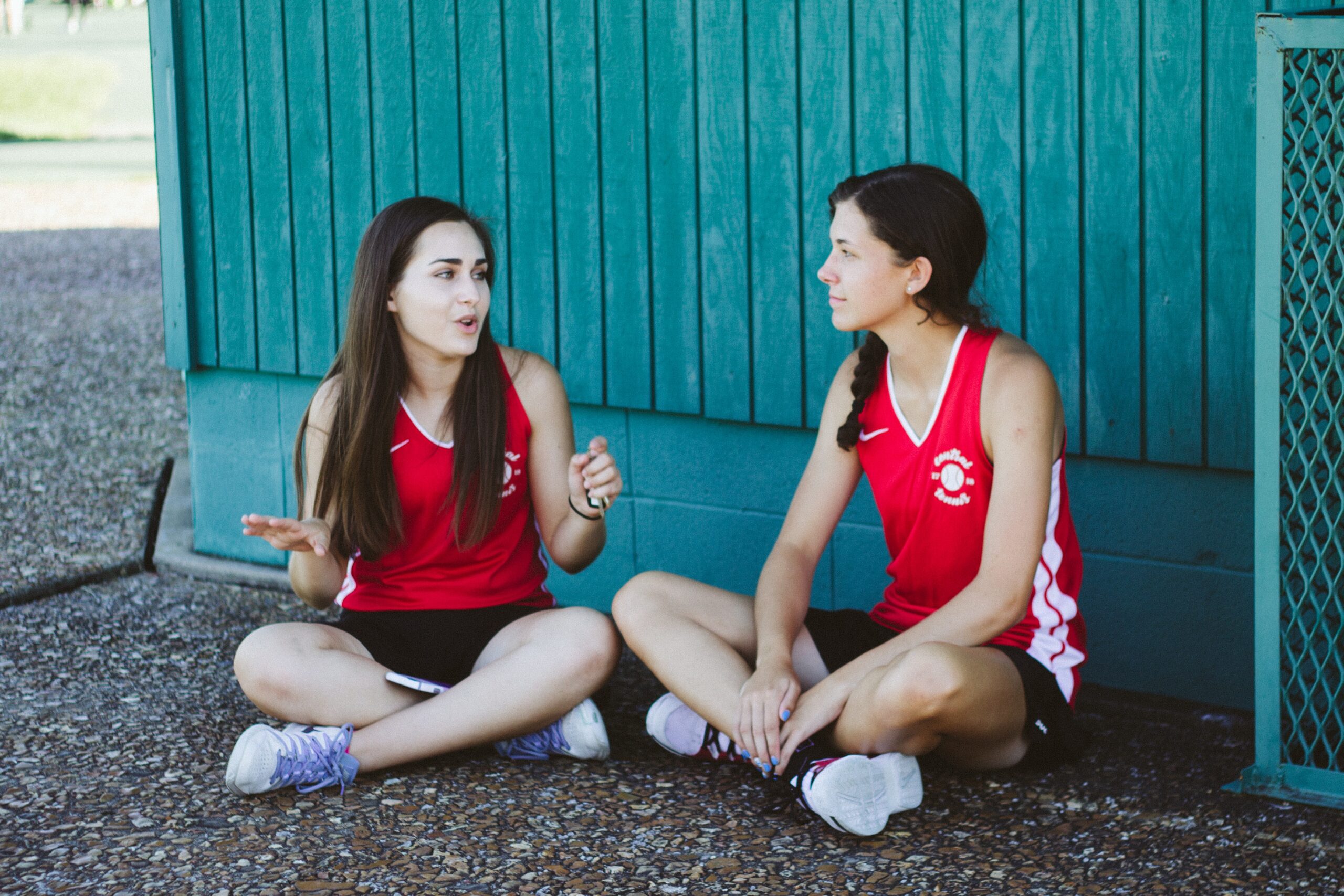


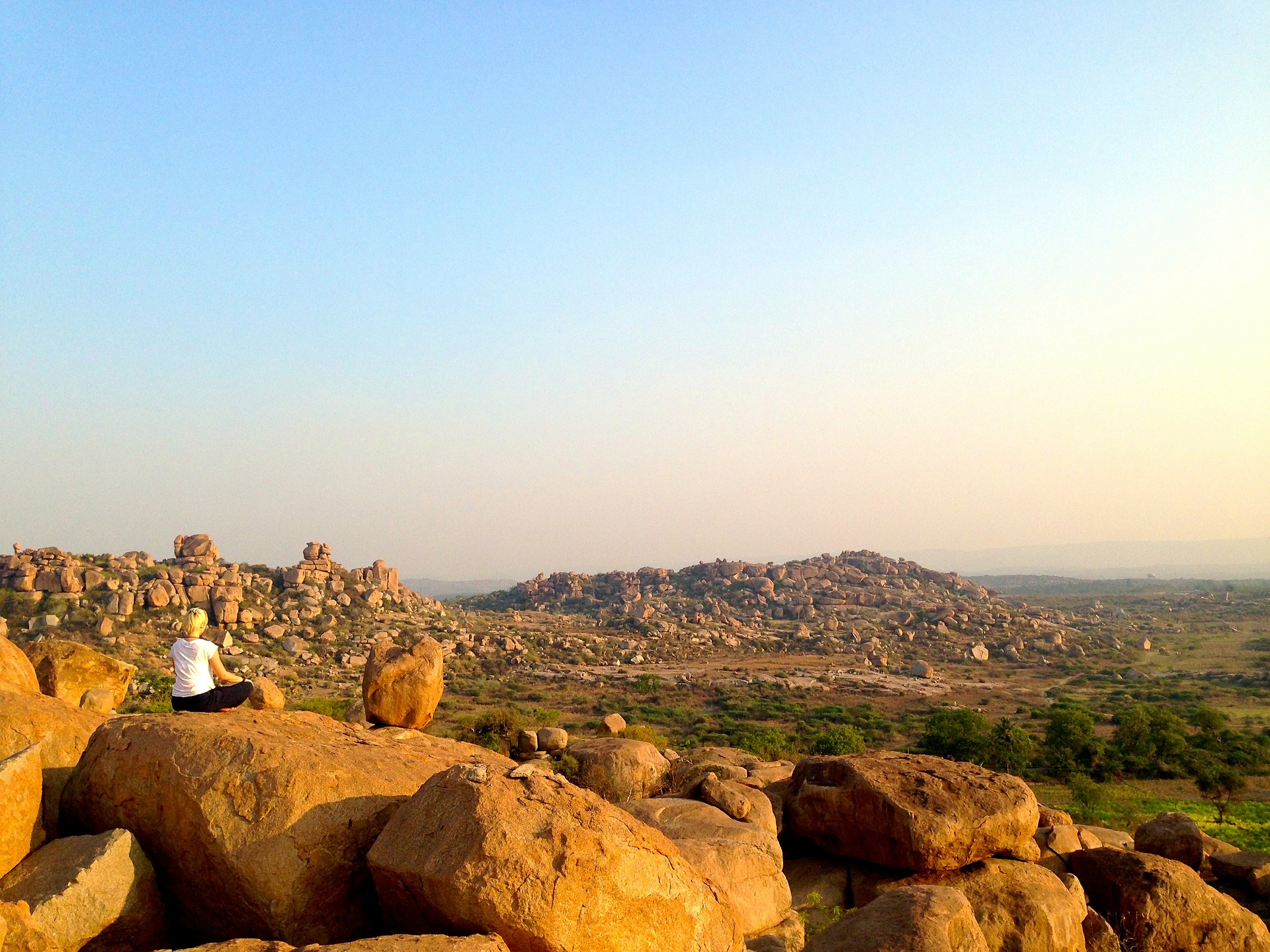

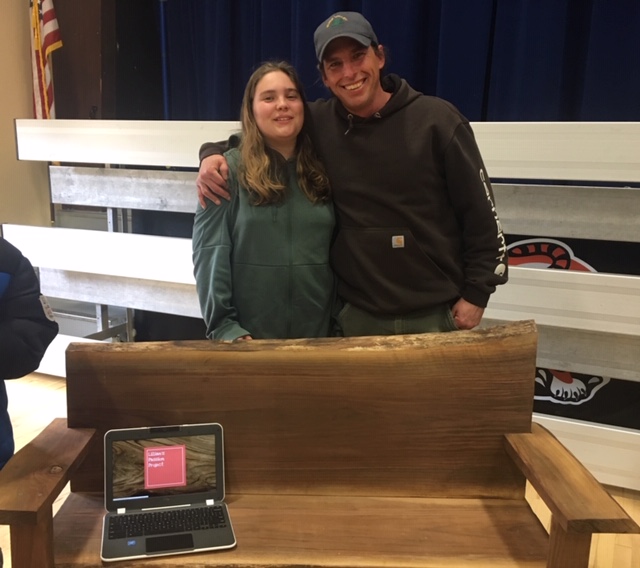
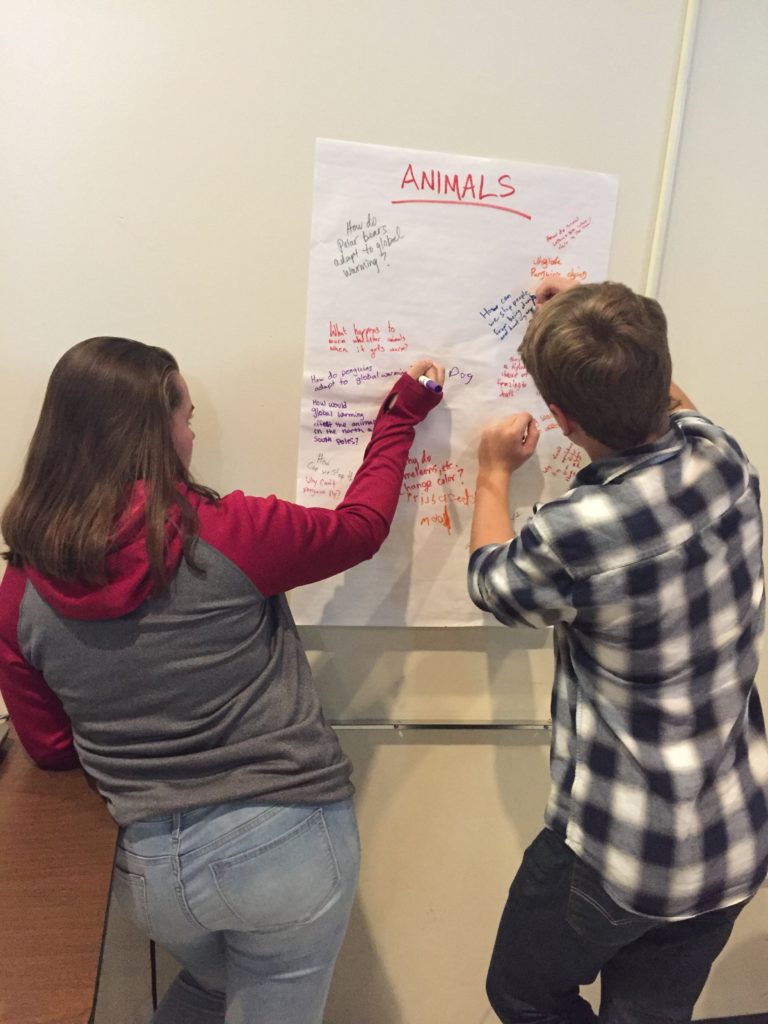
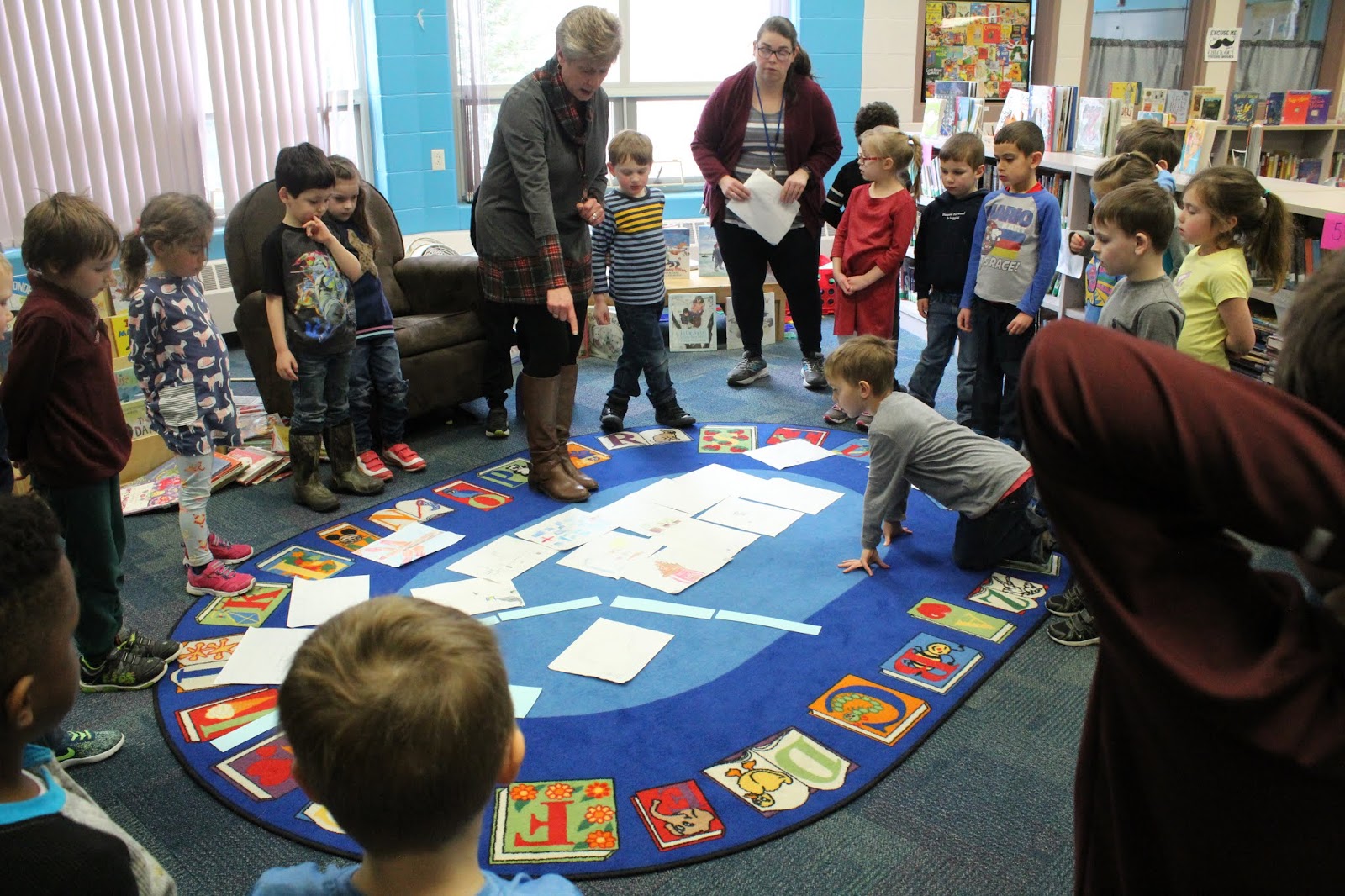

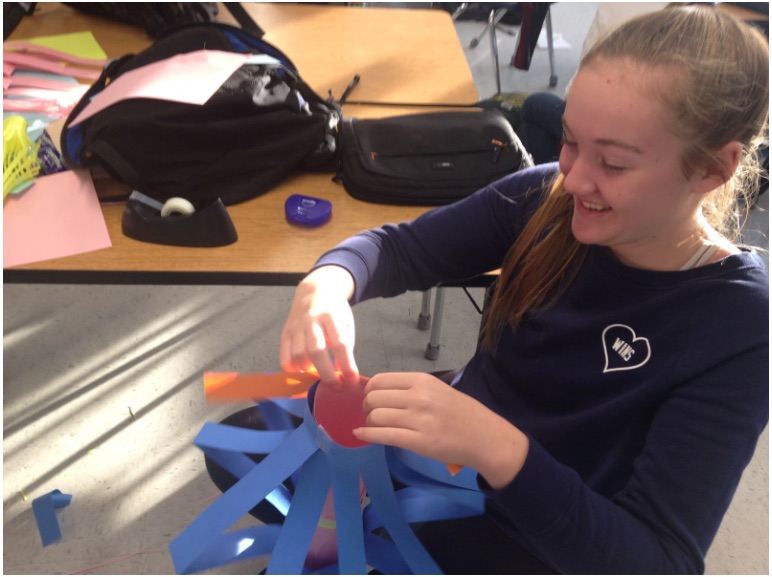
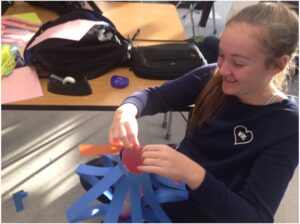
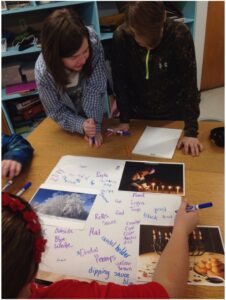
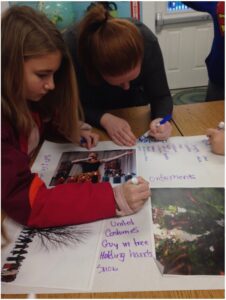
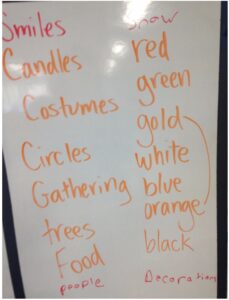
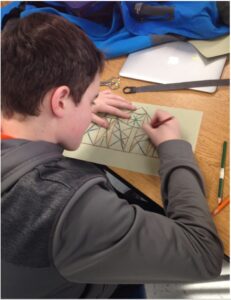
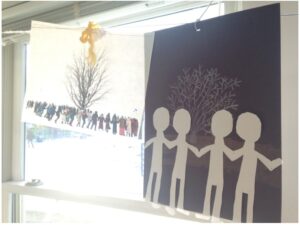



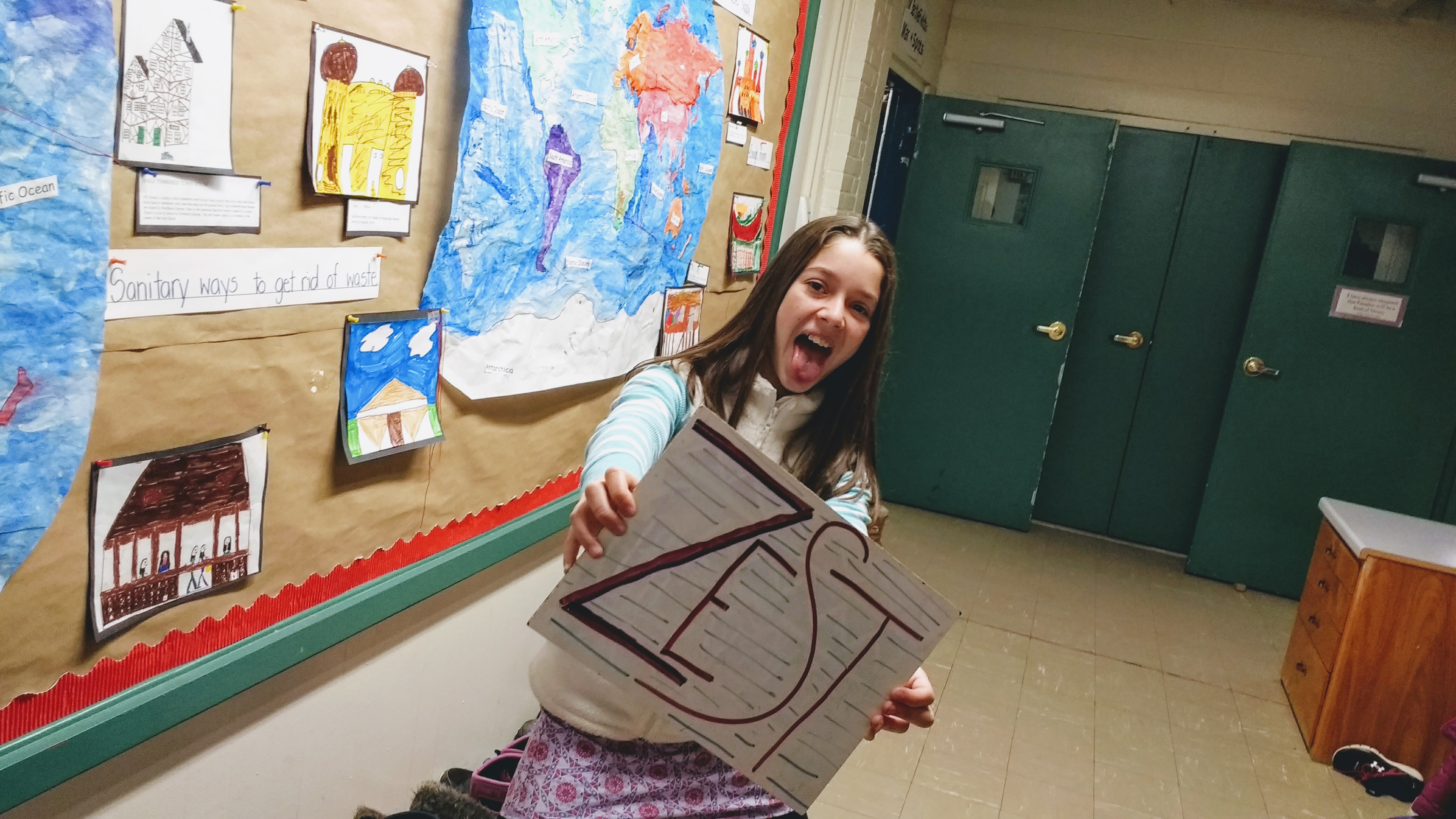
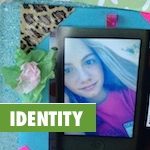
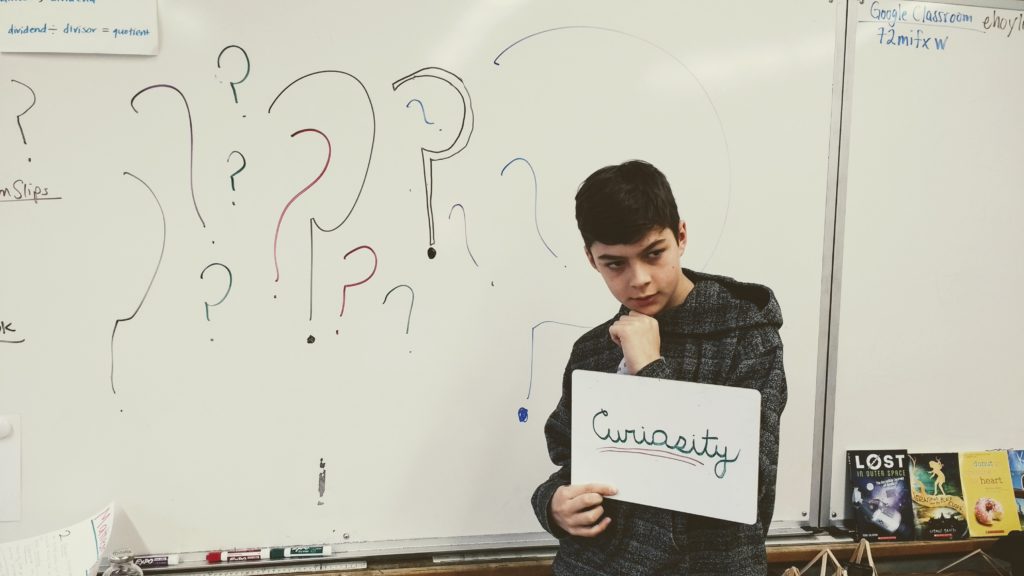
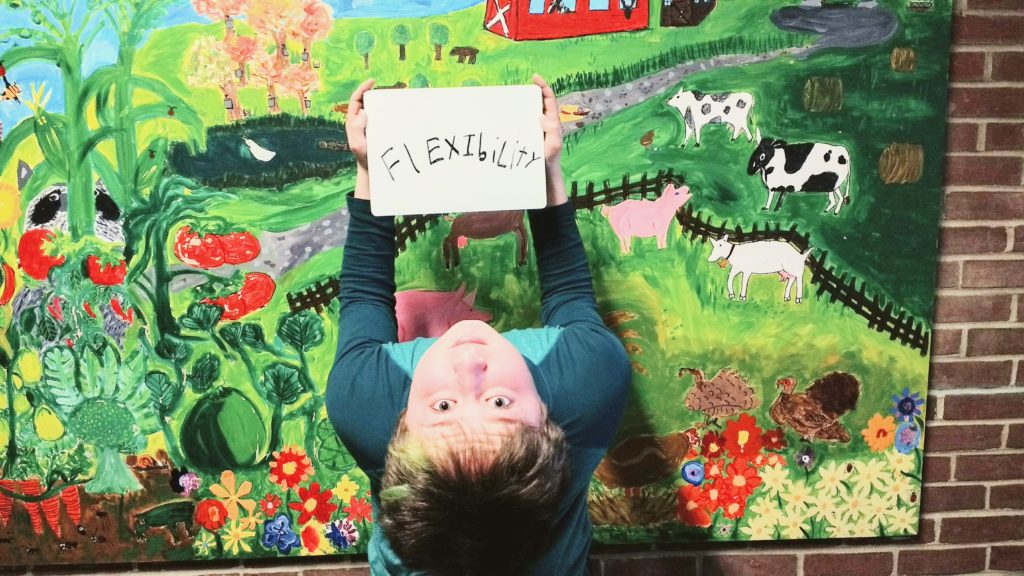
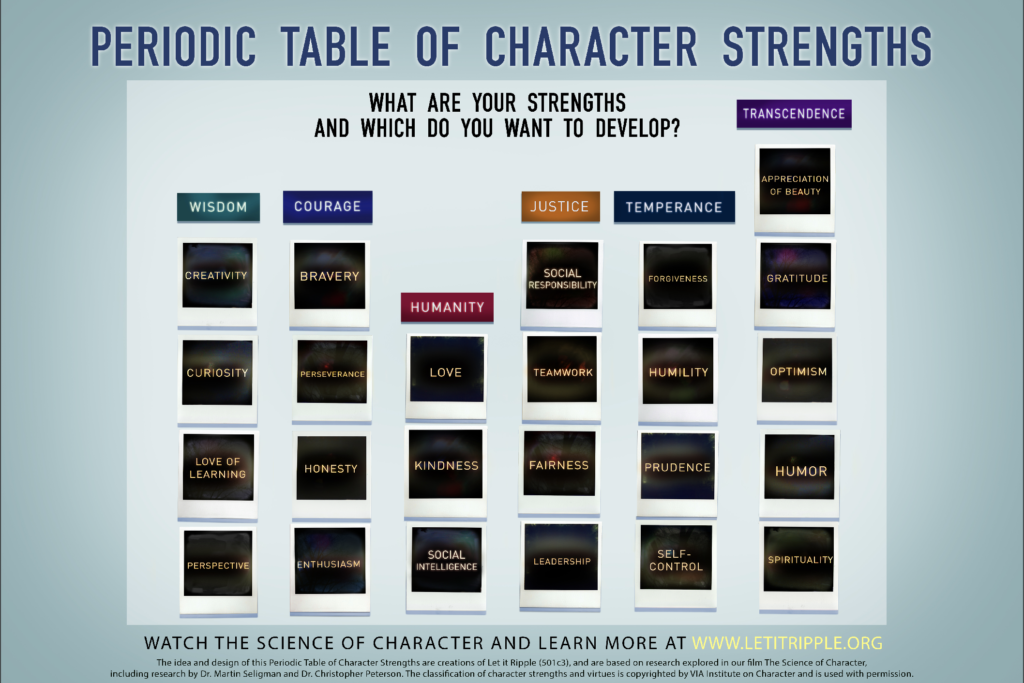
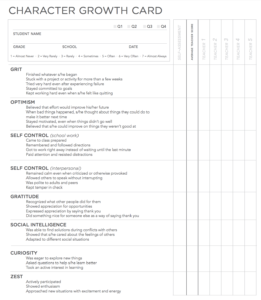
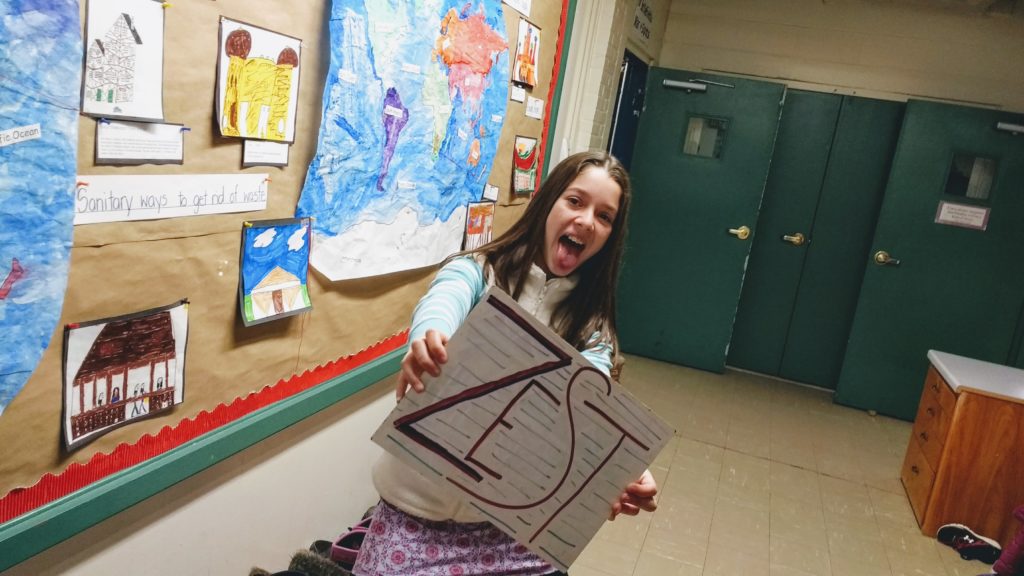
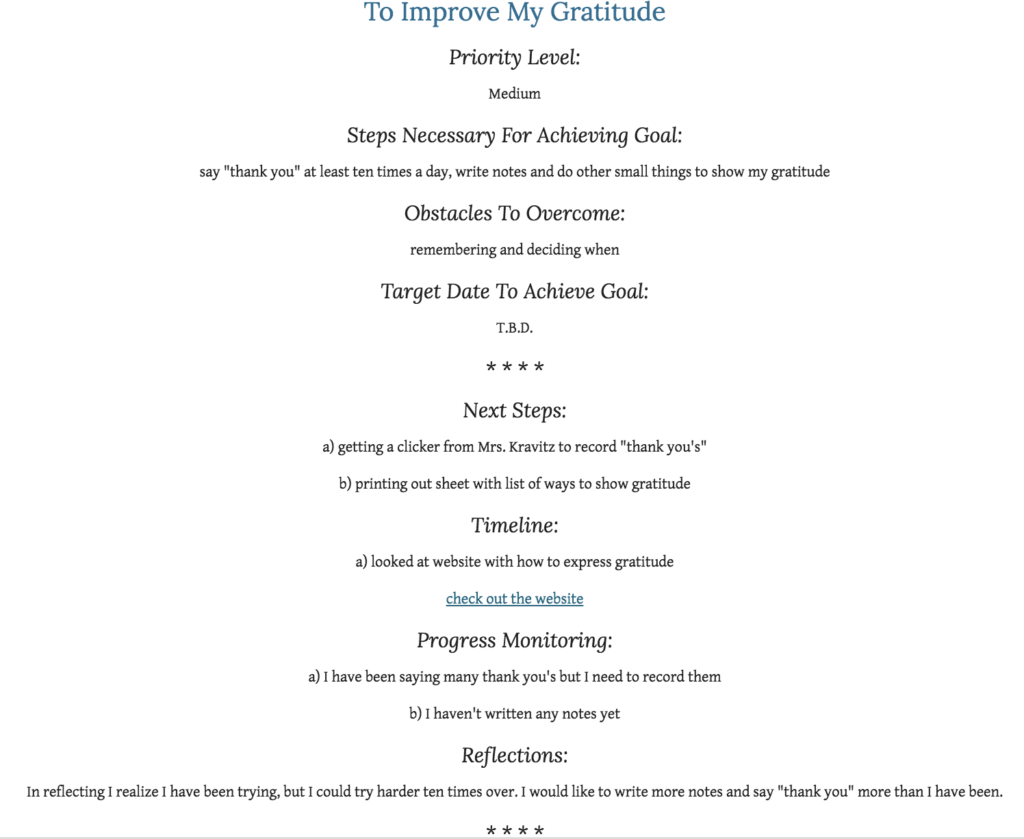
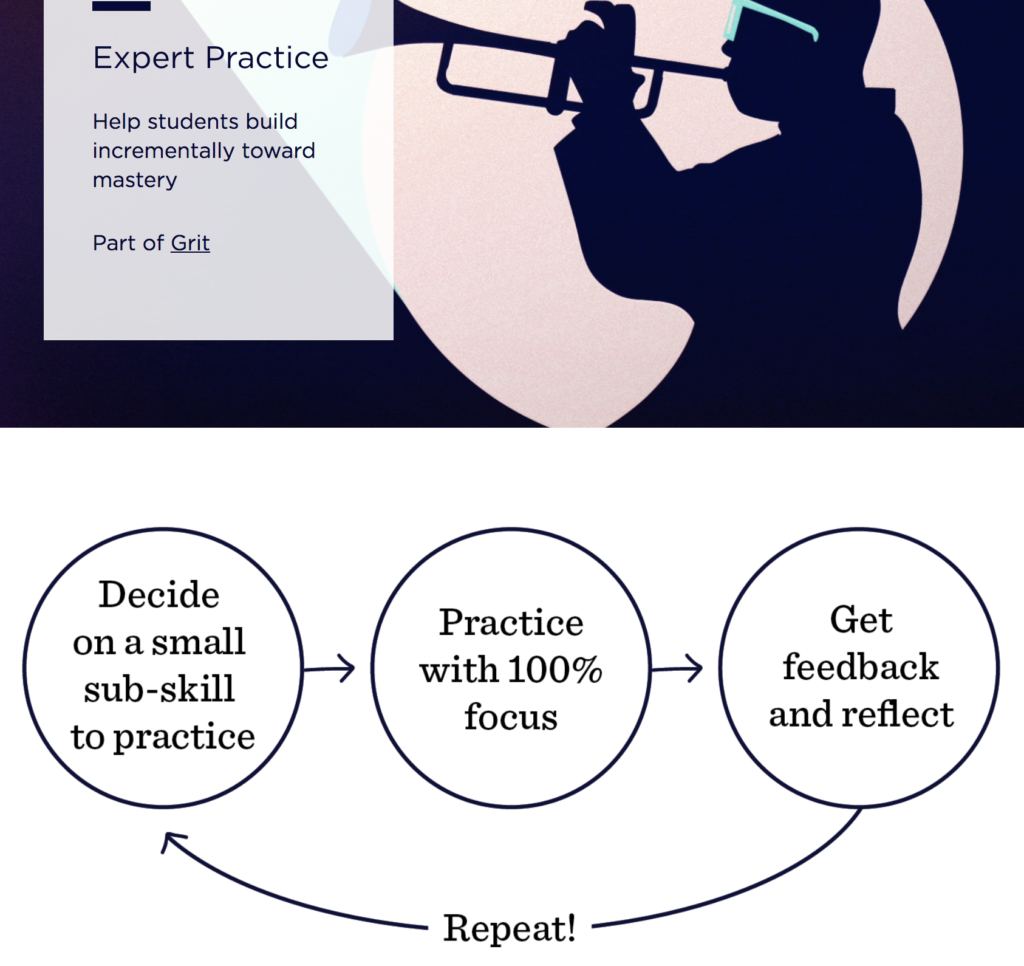
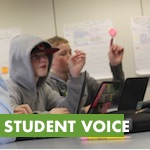 What if there was a way to spend less time grading your students’ writing, while also providing a valuable writing experience for them?
What if there was a way to spend less time grading your students’ writing, while also providing a valuable writing experience for them?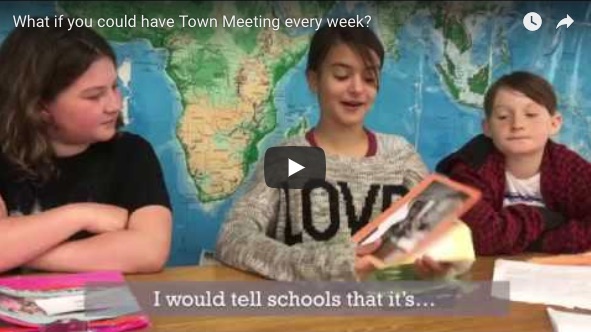
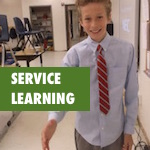
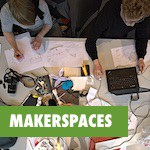 It’s quite easy to see how making often takes students on new journeys, where their imagination provides opportunities to exercise the transferable skill of
It’s quite easy to see how making often takes students on new journeys, where their imagination provides opportunities to exercise the transferable skill of 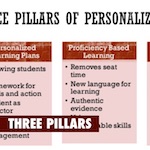
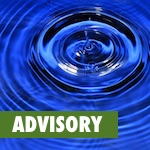 At Peoples Academy Middle Level, educators have taken the role of teacher advisory, or TA, to a whole new level. They conduct their advisory to build personal connections with their students. As a result, at PAML, advisory has become a very special thing.
At Peoples Academy Middle Level, educators have taken the role of teacher advisory, or TA, to a whole new level. They conduct their advisory to build personal connections with their students. As a result, at PAML, advisory has become a very special thing.